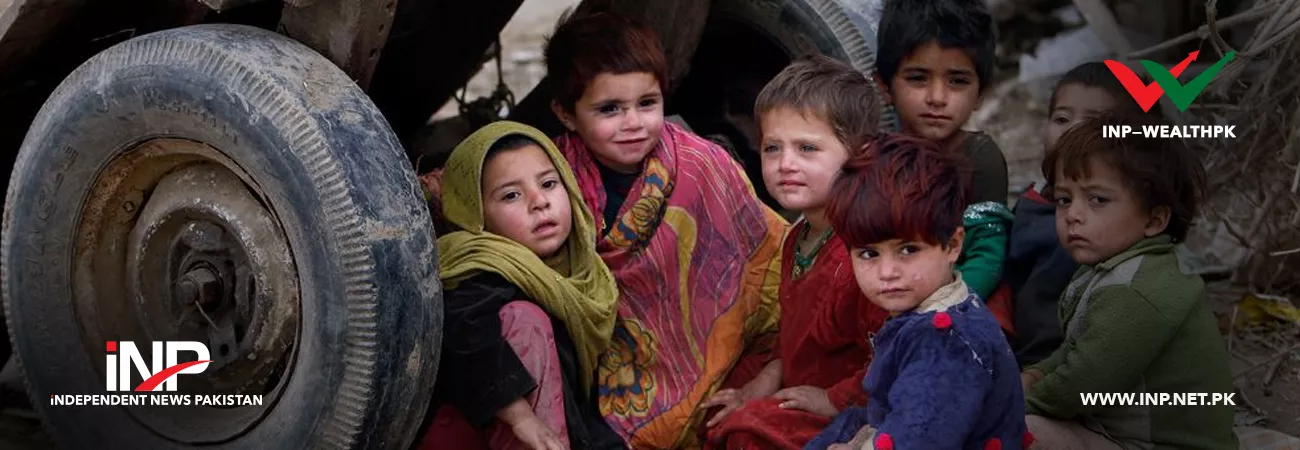INP-WealthPk
By Sajid Irfan
The recent countrywide floods triggered by the unprecedented monsoon rains have pushed the people into extreme poverty. Before the floods, Pakistan’s poverty level for the fiscal year 2021-22 was estimated at 39.2% and it was hoped to come down to 37.9% in the fiscal year 2022-23. However, the floods changed all expectations about poverty alleviation, reports WealthPK.
A spokesperson for the Pakistan Poverty Alleviation Fund (PPAF) told WealthPK that the monsoon floods had caused extreme poverty countrywide, and the majority of the victims in the affected areas are farmers.
He said according to the World Bank assessment, the floods will have a profound impact on lives and livelihoods. The World Bank indicated that the national poverty rate could further increase 4.5% to 7%, which will affect another 9.9 million and 15.4 million people.
“The destruction to the agriculture sector will also increase poverty. The agriculture sector contributes 24% to the GDP growth rate, making it the main pillar of the economy. The floods severely damaged more than 8 million acres of crops including rice, cotton, pulses, oil seeds and vegetables and inflicted a loss of over Rs320 billion on the economy,’’ he added.
He said with food inflation already skyrocketing to 30%, the floods had destroyed huge amounts of ready-to-reap crops across the country, causing shortages of staples, vegetables and fruits in the markets and subsequently resulting in the soaring prices of the essential commodities.
The spokesperson said the floods affected nearly 33 million people and killed over 1,600. He said over two million houses had been damaged and almost 15 million livestock washed away. The people in the flood-affected areas are now left with nothing.
He said the most affected and backward regions of Balochistan, Sindh and Southern Punjab were almost inhabitable with the affected people lacking food, shelter, clothes, and even clean drinking water.
The PPAF spokesperson further said that the floods had also seriously damaged the infrastructure.
“Nearly 13,000km of roads have been washed away, making it impossible for the relief organizations to reach the victims. Over 19,000 schools stand totally destroyed. It will take a couple of years to rebuild the infrastructure,’’ he added.
The spokesperson said without flood management actions, both structural and non-structural, the flood-prone areas receive low levels of investment in both farming and non-farming sectors. “Through better utilization of the flood protection plan, we can reduce poverty and improve quality of life, thereby reducing the vulnerability of the people,” he added.
Credit : Independent News Pakistan-WealthPk













